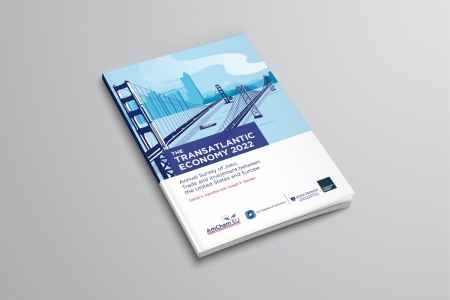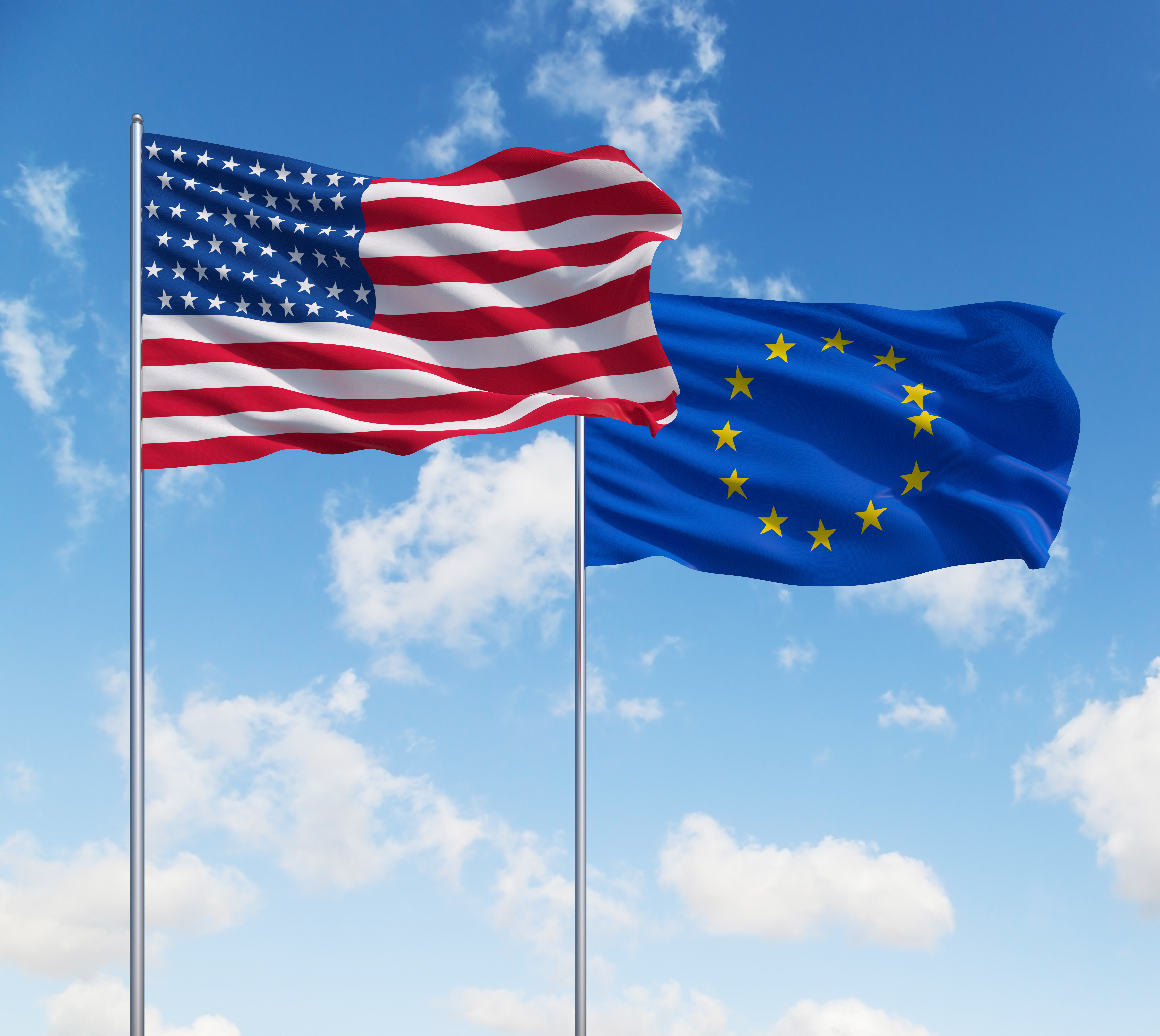Digitalisation is not just changing the scale, scope and speed of trade, it is changing its very nature. Digitalisation even blurs the distinction between trade in goods and services. Automakers are now also services providers; online retailers are now also manufacturers. 3D-printing generates products that are a mix of goods and services. Digitalisation increases the importance of data flows and intellectual property. It has boosted trade in software design over trade in final products. It offers alternative means of payment and finance. It has lowered shipping and customs processing times and reduced the cost of creating, copying and accessing text, video content and music, while enhancing our ability to access goods and services without owning them.
Transatlantic economy at the vanguard of digital
“Digital globalisation” evokes the image of a seamless global marketplace in which unbridled data flows drive goods, services and money across national boundaries without friction. Reality is different. Digital connections are “thicker” between some continents and “thinner” between others – and they are “thickest” between the United States and Europe. Researchers and firms on each side of the Atlantic have been the vanguard of the digital economy. The transatlantic region is the fulcrum of global digital connectivity. North America and Europe generate approximately 75% of digital content for internet users worldwide. U.S. and European cities (Frankfurt, London, Amsterdam, Paris, Stockholm, Miami, Marseille, New York) represent the world’s foremost hubs for international communication and data exchange.
Stat-attack
- COVID-19 has accelerated the digitalisation of the global economy. Between 2020 and 2023, companies are projected to spend $6.8 trillion on digital transformation, while 60% of global GDP will be digitised by the end of 2021.
- 75% of all content for internet users worldwide is generated in North America and Europe.
- In 2019, the US exported over $167 billion in digitally-enabled services to the EU. In return, the EU exported $130 billion to the US. The US represented 22% of all of the EU’s exports of digital services.
- US multinational corporations supply $289.6 billion in information services globally. 69% of these information services are supplied in Europe.
- North America and Europe account for six of the top 10 e-commerce countries in terms of total sales.
- Total market value attributed to the platform economy is estimated to stand at $7 trillion. This is projected to grow to $60 trillion by 2025 – one third of global commerce.
- US platform companies accounted for six of the top 10 marketplaces in Europe.
Download the digital chapter of our report



